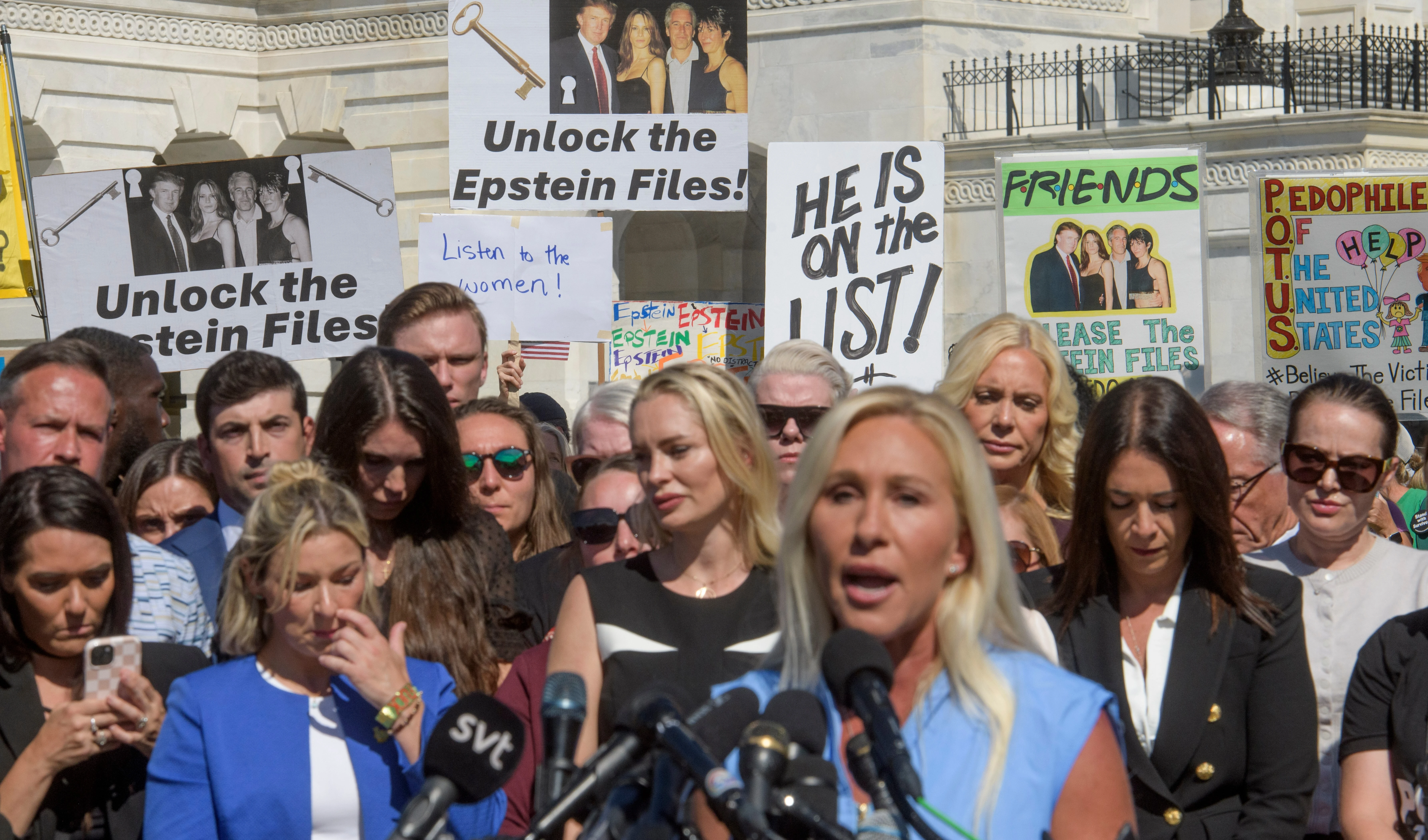Hegseth fires top Navy aide amid power struggle over service structure
War Secretary Pete Hegseth fires SECNAV chief of staff Jon Harrison over control of the Navy’s bureaucracy.
-

US Secretary of Defense Pete Hegseth speaks to senior military leaders at Marine Corps Base Quantico, on September 30, 2025, in Quantico, Virginia. (AP)
United States Defense Secretary Pete Hegseth has dismissed chief of staff to the Office of the Secretary of the Navy (SECNAV) Jon Harrison, a powerful aide credited with spearheading a controversial restructuring of the US Navy’s bureaucracy.
According to Politico, which first reported the dismissal, Harrison’s ouster came days after the Senate confirmed Navy Undersecretary Hung Cao, a high-profile Navy veteran and former Republican Senate candidate nominated by President Donald Trump.
Traditionally, the chief of staff to the SECNAV is an administrative and advisory position, a senior aide responsible for managing the Secretary’s schedule, coordinating with the Navy’s civilian and military offices, and ensuring policy continuity.
However, under Harrison, the position grew unusually powerful. Harrison and Navy Secretary John Phelan reportedly led sweeping structural changes that centralized decision-making in the Secretary’s office, sidelining other key leadership roles, including that of the Undersecretary.
Sources familiar with the matter told Politico that Harrison and Phelan reassigned staff who were supposed to assist Cao and even planned to screen military assistants meant for the Undersecretary’s office. The moves were seen as part of an effort to maintain direct control over internal Navy policy and budget planning.
Read more: Pentagon pushes to double missile production amid concerns over China
The Undersecretary’s role
As the second-highest civilian official in the Department of the Navy, the Undersecretary is tasked with overseeing daily operations, budget allocations, and long-term modernization programs. The position acts as a bridge between the Secretary’s political leadership and the service’s professional bureaucracy.
Hung Cao’s confirmation, therefore, marked not only a personnel change but a shift in institutional balance. Hegseth’s decision to remove Harrison could be interpreted as an attempt to reset that balance between the Secretary’s office and the newly confirmed Undersecretary.
When contacted by Politico for comment, Harrison declined to respond.
Read more: US military shifts focus to war as Pentagon rebrands itself
A wider Pentagon realignment
Harrison’s dismissal comes amid a string of high-profile shake-ups led by Hegseth, who has already dismissed the Chair of the Joint Chiefs of Staff along with the uniformed chiefs of the Navy, Air Force, and Coast Guard. The sweeping reshuffle underscores the Trump administration’s bid to assert tight control over what is now formally referred to as the Department of War and to overhaul the Pentagon’s entrenched leadership structure.
It is also a reminder of Hegseth’s deeply polarizing standing in Washington—he was confirmed by the Senate with a razor-thin 51–50 vote, making him one of the most divisive defense chiefs in modern US history.
Read more: Trump-Hegseth last minute meeting 'insane message of little merit'
Shipbuilding objectives under the Trump admin
This focus on naval leadership reshuffles coincides with the Trump administration’s broader emphasis on shipbuilding, which it frames as a national priority. The president has proposed a new White House Office of Shipbuilding, offered tax incentives for domestic shipyards, and even explored the return of large, battleship-style warships.
While the administration presents these initiatives as essential for restoring US naval dominance and countering foreign competitors, modern naval warfare raises serious questions about the utility of such vessels. Today’s battlefield favors speed, stealth, long-range precision missiles, and unmanned systems, leaving heavily armored, gun-centric ships potentially vulnerable and costly to maintain.
Despite these ambitions, the Navy continues to struggle with delays in major shipbuilding programs. Analysts note that adversaries, specifically China, have outpaced the United States in naval production capacity.
Read more: One Chinese shipyard outbuilt entire US industry since WWII in one yr.

 4 Min Read
4 Min Read









